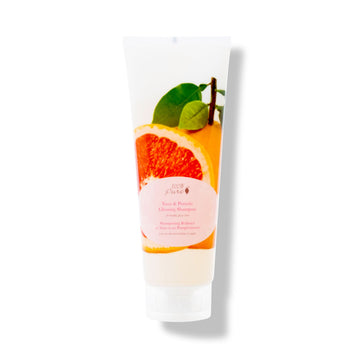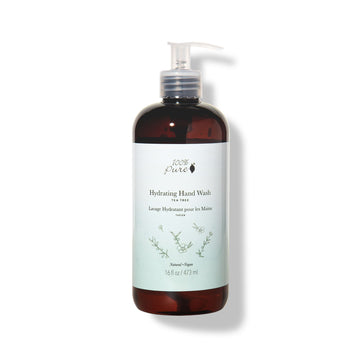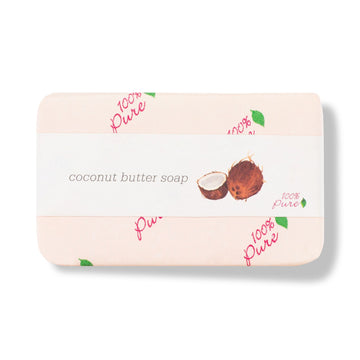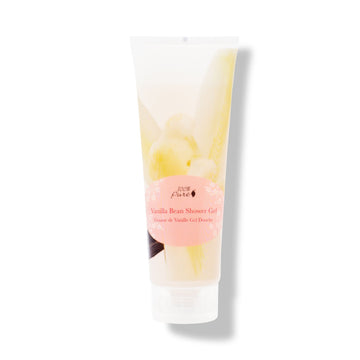Where is SLS hiding, and why should you avoid it?
Written by: 100% PURE ®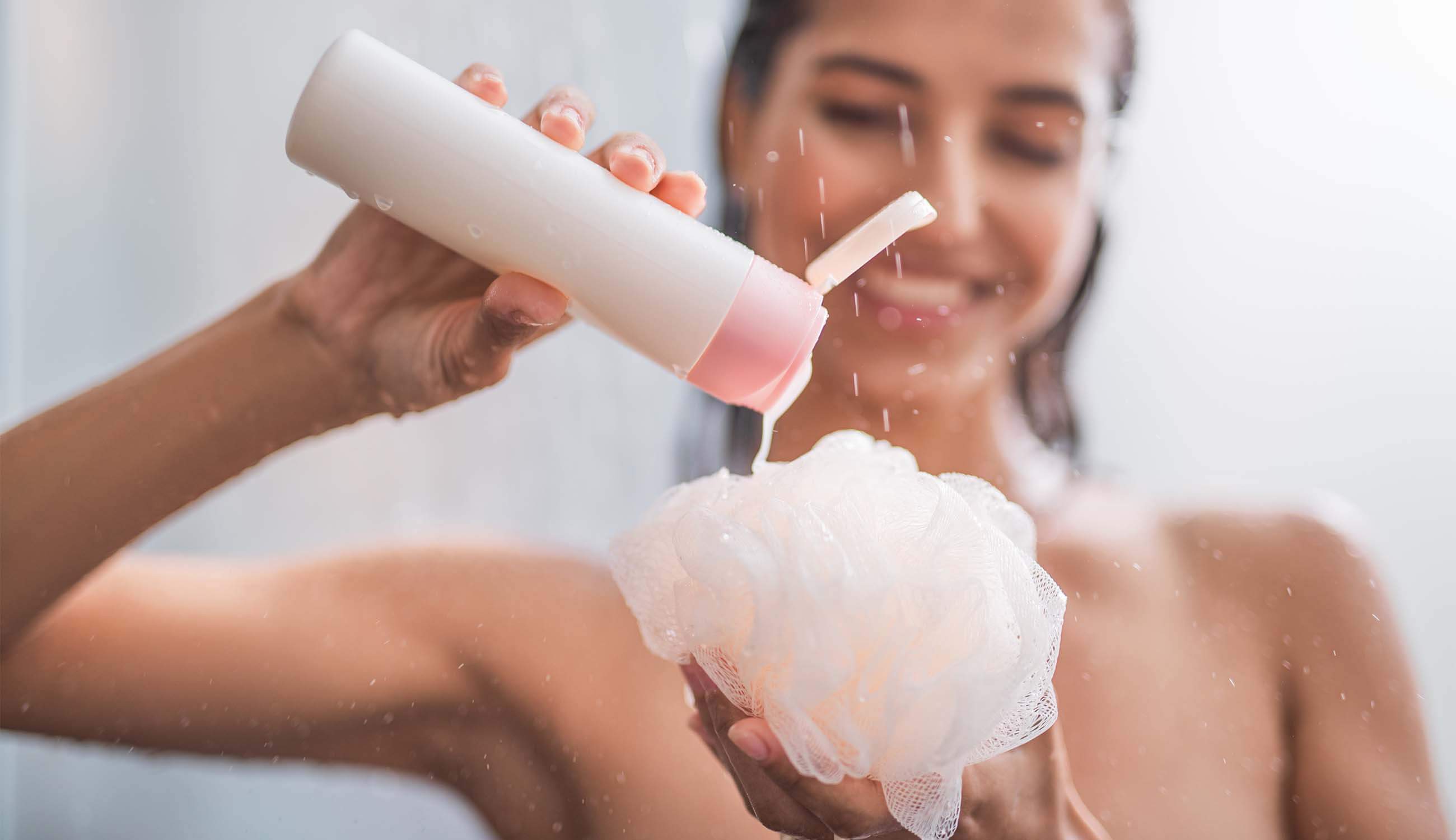
Who can resist an invigorating foaming party on our skin and that squeaky-clean feeling after cleansing – until you discover those suds are actually duds for your skin. Enter sodium lauryl sulfate or SLS – the most common chemical lathering agent.
Although there is a lot of confusion around the safety of SLS, we’re here to help get to the bottom of the controversial ingredient. Let’s dive right into why SLS is bad for your skin and health and where it is commonly found.
It’s easy to forget that our skin is not the impenetrable fortress we sometimes believe it to be. While our skin does have protective mechanisms in place, some things we put on it can sneak directly into our bodies. Sodium lauryl sulfate is one such culprit that has more diluted intentions on its mind than the safety of you and your skin.
SLS is a chemical agent found in many skin and body care products that is most often used as an emulsifier or surfactant. As an emulsifier, it helps to stabilize and thicken products for smoother application. As a surfactant, it acts as a cleansing and foaming agent, giving a stronger impression of cleaning power.
Unless you’re a chemist or sassy ingredient label reader and interpreter, you probably wouldn’t know that SLS is derived mainly from cheap and abundant petroleum, which has its own bad rap with climate change, pollution, and greenhouse gasses. The fatty acids are then extracted and converted to fatty alcohols, then sulfonated to become a crystalline salt.
It is often how SLS is sourced and its skin-stripping properties and long-term health side effects that are of controversial nature.
There are potential risks to our skin, hair, and health related to sodium lauryl sulfate. While it does indeed give a rich foam or lather, it provides a false sense of clean. What it’s actually doing is stripping skin and hair of their own protective barriers and disrupting their natural oil and pH balance.
SLS also dries out skin and hair, making it dull while also inviting other toxins to more easily penetrate the skin’s surface. What’s worse about SLS is that the toxic chemical can be easily absorbed into the body. It has the power to build up in your internal organs, increasing the potential for related long-term health problems.
How and where SLS is sourced is at the center of more debate. The manufacturing process of petroleum is highly polluting, emitting potential cancer-causing volatile organic compounds, sulfur compounds, and air particulates. Toxic solvents, including carcinogenic nitrates, are also used in the manufacturing of SLS. Traces of those can remain in the product.

The problem with sodium lauryl sulfate is its capability to infiltrate the skin, either through cellular absorption or penetration. While there are ingredients that your body can easily break down, SLS goes right into your skin and, potentially, bloodstream.
Check out the potential risks of this sneaky toxin:
-
SLS can cause severe skin irritation and there's a higher rate of contact allergy to it. Due to its oil- and skin-stripping properties, it may clog pores and cause acne for people with sensitive or acne-prone skin.
-
The World Health Organization (WHO) has detailed several warnings about SLS. It reports that SLS can be harmful if swallowed and may cause eye, lung, and respiratory irritation.
-
Since SLS can penetrate dermal layers, the chemical strips skin of its own protective barriers and disrupts its natural oil and moisture balance. This can lead to parched skin, making your pores more likely to break open. That can allow acne-causing bacteria to get deeper into the skin.
-
SLS can destroy the delicate lipid layers which keep skin supple and smooth. The chemical toxin can also dry out skin and hair, making it dull while also inviting other toxins to more easily penetrate the skin’s surface.
-
SLS can be easily absorbed into the body and has the power to build up in your internal organs, increasing the potential for related long-term health problems.
-
SLS is a known pollutant. The WHO also warns that sodium lauryl sulfate shouldn't be allowed to enter the environment in its raw form, as it can be toxic to fish and can accumulate in their bodies. It can also potentially go undetected in municipal water supplies, getting into tap water.
-
What enters the water stream from personal care products is a significantly diluted form of SLS that can be considered non-toxic due to its low concentration. However, it has been suggested that chronic toxicity of SLS can also occur at low concentrations.
Newsletter Subscribe
for more blog updates and exclusive discounts
It might be easiest to start with where sodium lauryl sulfate is not commonly found. This is due to the chemical culprit having the ability to lurk in anything that has a sudsing, foaming, or soap-like function. And there are A LOT of conventional personal and household products that do just that!
The top offenders with sodium lauryl sulfate are personal products like shampoo, body wash, facial cleansers, hand soaps, shaving cream, and toothpaste. You'll find SLS in hundreds of household cleaning products like laundry detergent, dish soap, carpet shampoo, stain remover, and surface cleaner.
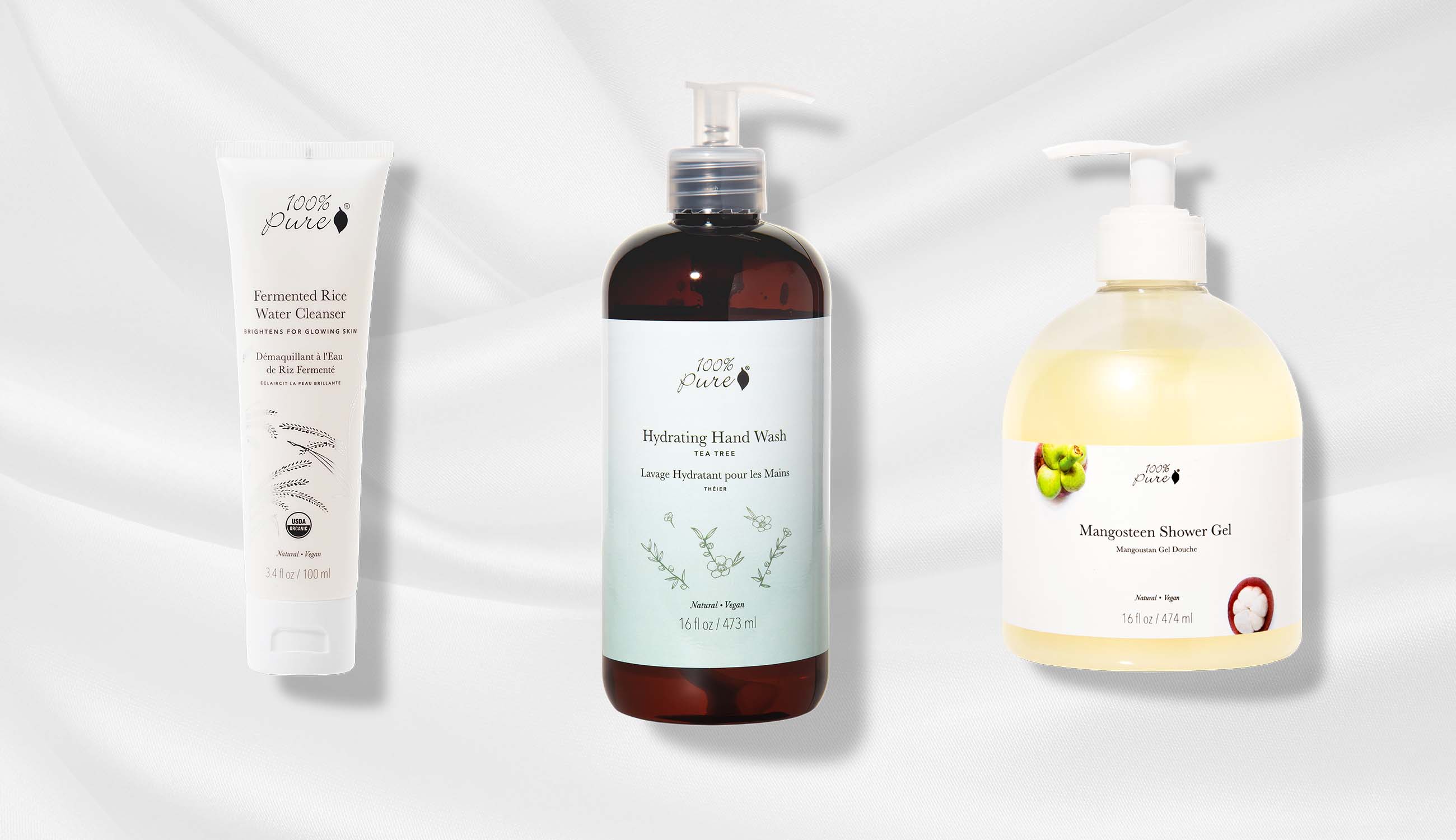
Some conventional brands have taken a hard look at using SLS, and are working on alternative options. Luckily, many natural companies have already banned SLS altogether. We use gentle, plant-based surfactants like coco betaine and decyl glucoside in our hand soap. In our shampoos, bar soaps and shower gels, you’ll find saponified coconut oil in place of SLS.
Some brands will have “SLS-Free” or “Sulfate-Free” callouts on their front label, but reviewing the full ingredient list is a better place to start. Regularly reading labels and avoiding toxic ingredients like SLS is what we recommend if you’re serious about clean living and a more holistic approach to personal care.
We carefully hand-select products based on strict purity standards, and only recommend products we feel meet this criteria. 100% PURE™ may earn a small commission for products purchased through affiliate links.
The information in this article is for educational use, and not intended to substitute professional medical advice, diagnosis, or treatment and should not be used as such.













